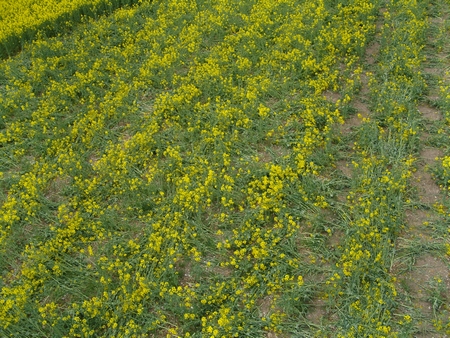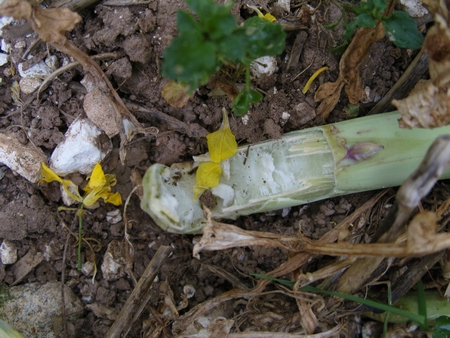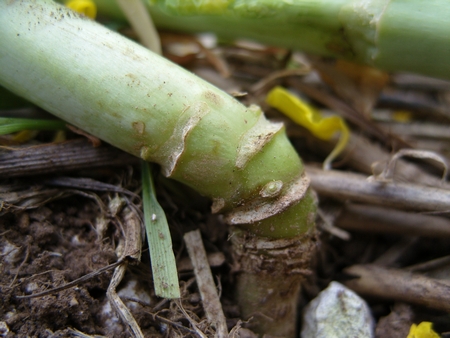 |
||||||||||||||||||||||||
 |
 |
|||||||||||||||||||||||
 |
||||||||||||||||||||||||
 |
 |
 |
 |
|||||||||||||||||||||
| 2015 CIRCLES | 2014 CIRCLES | 2013 CIRCLES | 2012 CIRCLES | |||||||||||||||||||||
|
||||||||||||||||||||||||
 |
 |
|||||||||||||||||||||||

|
Ground Report – Stonehenge, Wiltshire, 09/05/10You can’t get better than Stonehenge as a backdrop to a great crop circle! This formation is surprisingly close to the busy A303, yet cannot really be seen (at least from car level) from the adjacent road. It is very large and situated on undulating ground meaning that at no point is it really possible to see the whole thing. On entry to the field, it is clear which tramlines to follow in order to reach the crop circle but walking forwards you arrive at the formation quickly. Walking through along a tramline, the laid pathways and circles just keep coming. I thought I had reached the end many times, only to find another swathe of crop laid across my path. From within it really is tricky to make out the design.  Basket weave in centre circleThere are many features to this crop circle which need discussion. The most striking and therefore the aspect we will begin with is the woven circle at the centre of the formation. We saw the appearance of an intricate ‘basket weave’ within many formations during the 2009 season, much more often than in previous years. It is always impressive in wheat, but to our knowledge has never been seen before in oil seed rape!  The crop within this large central circle is laid in small sections, all overlapping one another and apparently in all directions. From above a pattern of lines going across the circle is discernible, but at ground level this is more difficult to make out. In many places there are 3 or more layers of crop overlapping and therefore the laid stems are actually quite a way off the ground. Appearing a bit messy in places, on closer inspection the intricacy of how the small sections of crop have been laid really is stunning (see both images below).  Stems bent at the baseIn contrast to the first crop circle at Old Sarum, the proportion of crop here which has been bent at the base instead of broken is much higher. Everywhere you look there are stems which are undamaged and a close look at the very base reveals bends of up to 90 degrees (see image below). Throughout the formation this is the case, including in the laid circles, pathways, basket weave circle and also areas next to or crossing over tramlines. There is of course plenty of evidence of broken stems, but this does not appear to be the general picture as at Old Sarum. Foot traffic on the first day of appearance may account for the damage in some of the more obviously walked sections.  Undamaged stemsLots of the laid crop in this formation has begun to recover quite significantly, some of which is now back at full standing height. It is interesting to not how many of these recovering stems have very little or often no damage at all along their entire length. This is also true of laid stems closer to the ground and indicates a non-mechanical method with which they have been laid. Satellite circleAt the far end of the formation (away from Stonehenge itself) there is a small swirled circle outside of the main design. This contains a handful of standing stems in the centre, around which the rest of the crop lightly swirled. Again this is a feature more associated with wheat and barley later on in the crop circle season than oil seed rape. Although there is some damage to the stems closest to the standing tuft, the overall effect is impressive. All round this is an absolutely stunning crop circle. As well as being so impressive from the air, seeing such intricacy and detail on the ground is truly what we are all about. With something like this appearing at this stage of the 2010 season, who knows what magic is to come…  Crop Circle Summary
Alternative Websites |





